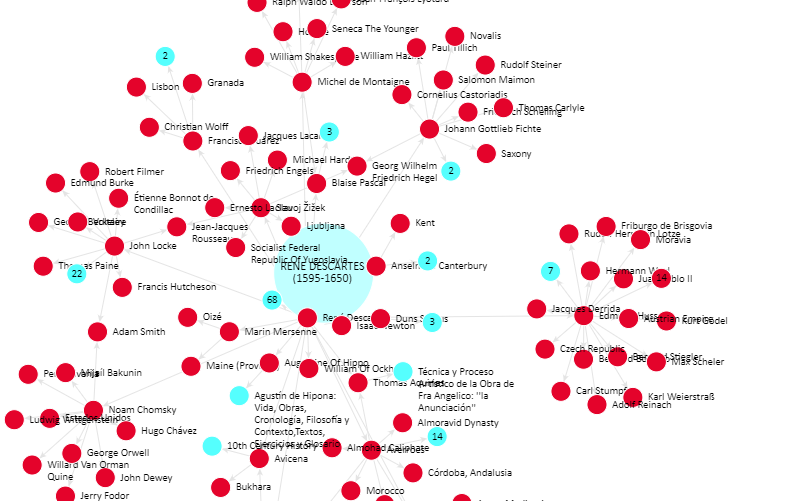
Cargando...
What can I do?
226539 materialEducativo
textoFiltroFichaAbout this resource...

Velocity is the rate of change of an object involving both its speed and direction of motion. You are probably already familiar with speed, which is how fast or slow an object is going. The speedometers in cars tell drivers how many miles or kilometers they would cover in an hour if they drove at the same rate for the entire time. Drivers and objects are constantly changing their speed, however. When the driver presses his foot down on the gas pedal, the car accelerates. Acceleration is when an object changes its velocity. You might feel pushed back into your seat. Any influence that causes an object to undergo a change is called a force. When a driver suddenly hits the brakes, you experience deceleration. When you are being driven along at a constant speed, you don’t feel any kind of acceleration. Your stomach is the best indicator of whether you are experiencing acceleration or not. Too many changes in velocity can make you carsick. Before you go to an amusement park, you should understand circular motion, especially if you get motion sickness. The velocity you experience during circular motion is calledtangential velocity.Many of the spinning rides involve acceleration and force. The kind of force you’ll often feel at an amusement park is centripetal force, which is the force that makes a body follow a curved path. This experiment will allow you to investigate circular motion at home, without getting into a Tilt-A-Whirl.How does circular motion affect velocity?
It is an educational content by education.com.
By clicking on the title of this resource, you will be redirected to the content. If you want to download the project, you just have to join the website, which now is for FREE.
Exclusive content for members of

Mira un ejemplo de lo que te pierdes
Autores:
Categories:
Tags:
Fecha publicación: 12.5.2016
The original license is kept.
Add to Didactalia Arrastra el botón a la barra de marcadores del navegador y comparte tus contenidos preferidos. Más info...
Comment
0